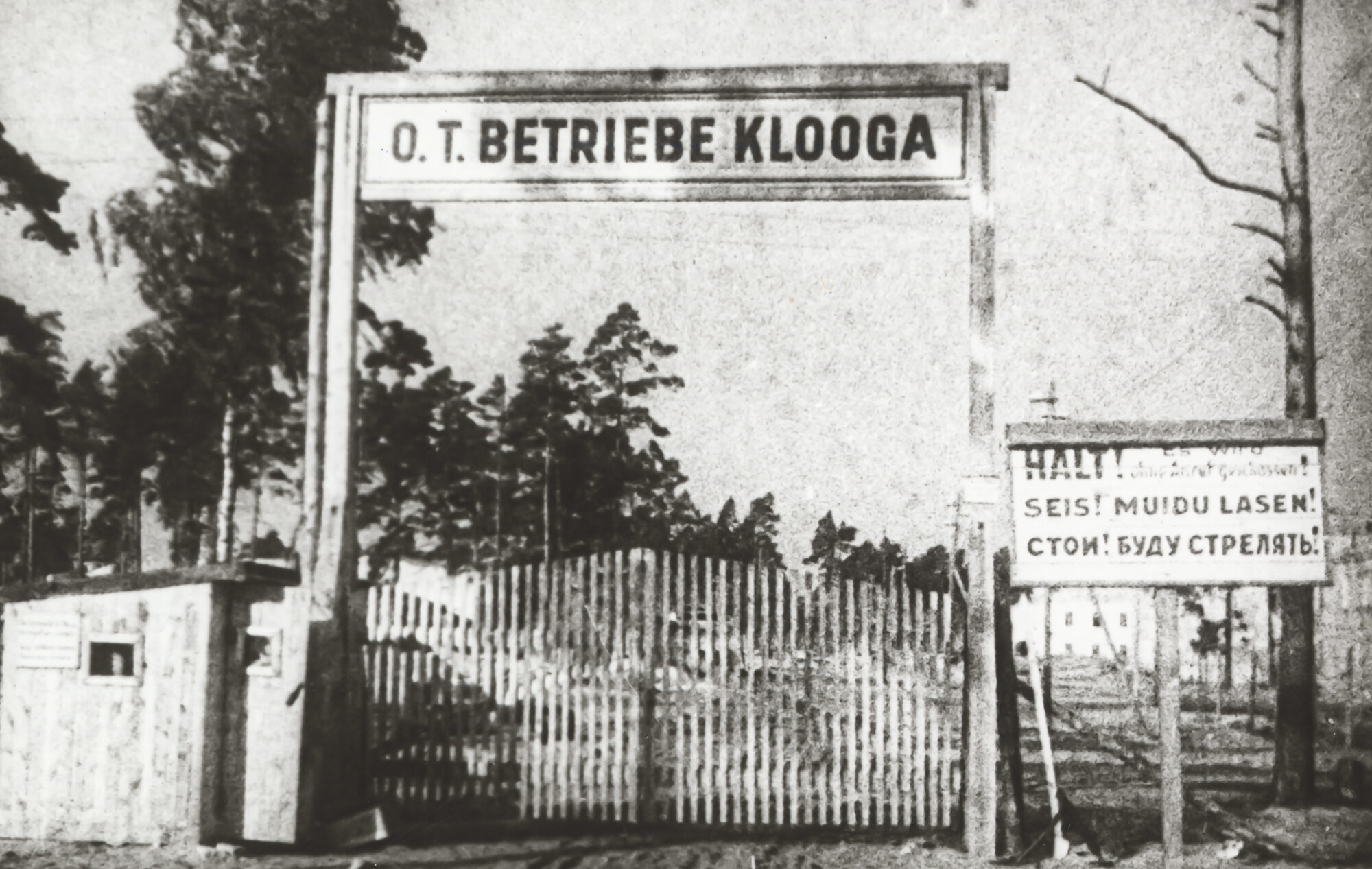On 17 September 1944, it became known that the departure of the German forces from mainland Estonia was imminent. The personnel working in the occupation administration in Tallinn and north-west Estonia were given five days to evacuate from Tallinn or Paldiski harbours. The armed forces were ordered to retreat marching south towards Riga or over the Moonsund straits to the western Estonian islands.
In Klooga, on 19 September 1944 at 5 am, the prisoners were assembled as usual outside the women’s barracks. The camp commandant SS-Untersturmführer Werle announced to the approximately 2,000 inmates that they were to be evacuated to Germany. But in fact the ships were already full and the decision to kill the Jews had been made. It is not known who decided the execution.
After a few hours, 300 of the strongest male prisoners were selected, supposedly to carry out the evacuation. They were forced to carry logs to a clearing in the forest roughly one kilometre from the camp, where four pyres, each measuring 6 x 6.5 metres, were prepared for burning the bodies.
To maintain a sense of calm, the daily routine was adhered to and at lunchtime the prisoners waiting in the assembly area were given soup. Meanwhile, camp security was strengthened. The gates were blocked with trucks and everywhere the movement of soldiers was apparent. After lunch six strong men were chosen to load two barrels of fuel onto the trucks. This was probably later poured over the dead bodies.
The mass execution of the Jews began at 5 pm. The victims were marched under guard in groups of 50 to 100. First the men, then the women were taken from the camp to the clearing and ordered to lie face down on the pyres. They were killed by a shot in the back of the head. Those who attempted to escape were shot and died in the forest. The bodies covered the length of the pyre tightly packed together. When the first level was filled with bodies, logs were laid over them forming the next layer. There were three to four layers altogether. Three of the prepared pyres were used, while the fourth remained unused. When it got dark the pyres were lit.
A small number of prisoners were killed only a few hundred metres from the centre of the concentration camp in a half-built wooden building. About 30 to 50 people were brought to the building, dragged inside one-by-one, forced to the floor and shot in the back of the head. Late that night the building, with the bodies inside, was burned to the ground.
Last of all, camp inmates who performed specific functions – hairdressers, cooks, shoemakers and others, a total of 79 people – were killed on the ground floor of the women’s barracks. It is believed that Estonian or Russian prisoners were among them, but conclusive information about this is unavailable. Several dozen prisoners managed to hide, mostly in the attic of the men’s block, and survived. According to Soviet sources of the time, a total of 108 prisoners survived the mass murder.
The killing of the Jews was organised and supervised by German senior camp personnel, but a special commando of German SS-members arrived from Tallinn to carry out the shooting itself. The 3rd Company of the 287th Police Battalion, formed of Estonians, guarded the perimeter of the camp during the mass murder. In addition, camp security was strengthened with the help of a few dozen men of the 20th Waffen-SS Estonian Reserve and Training Regiment, who were stationed nearby.
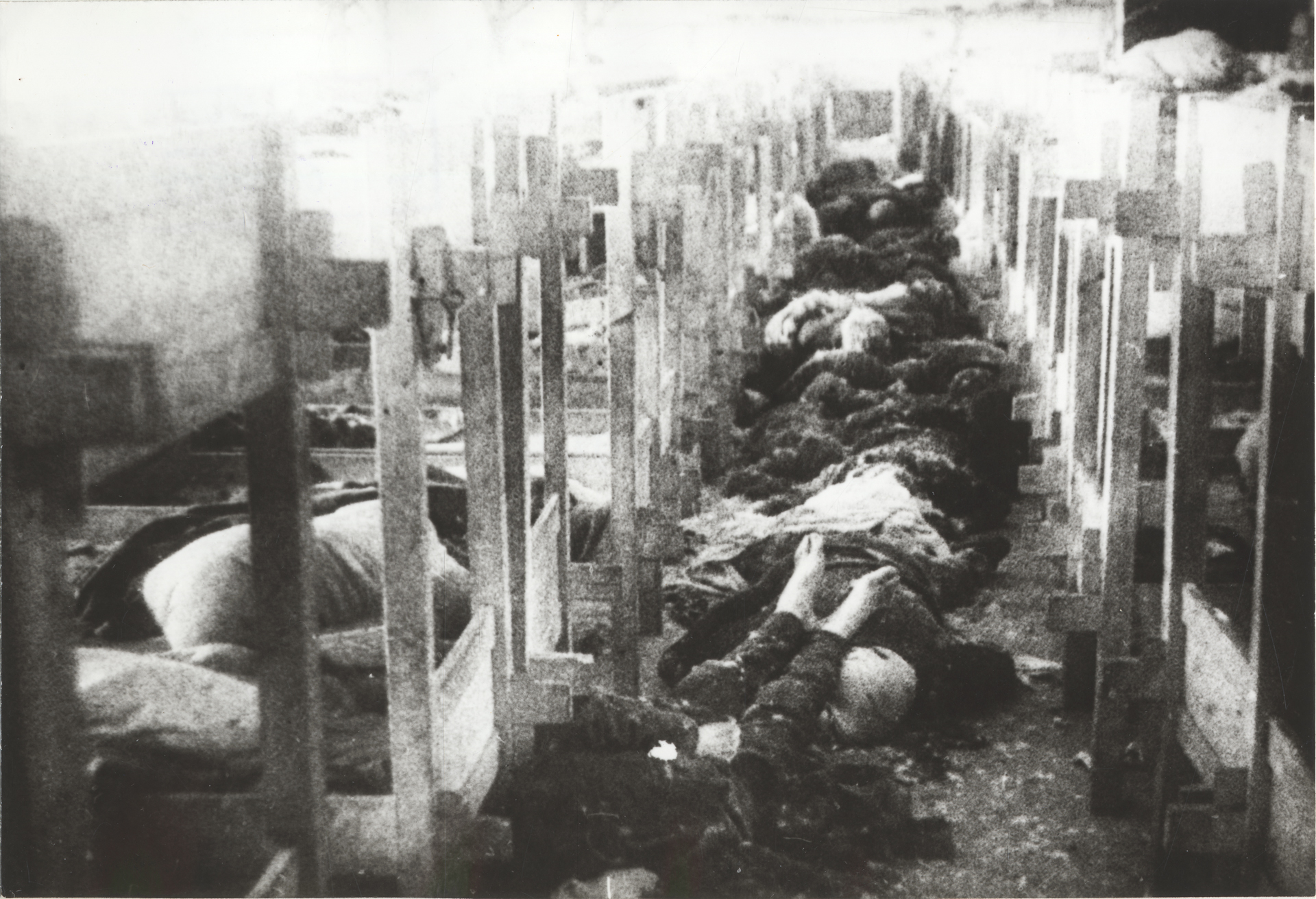
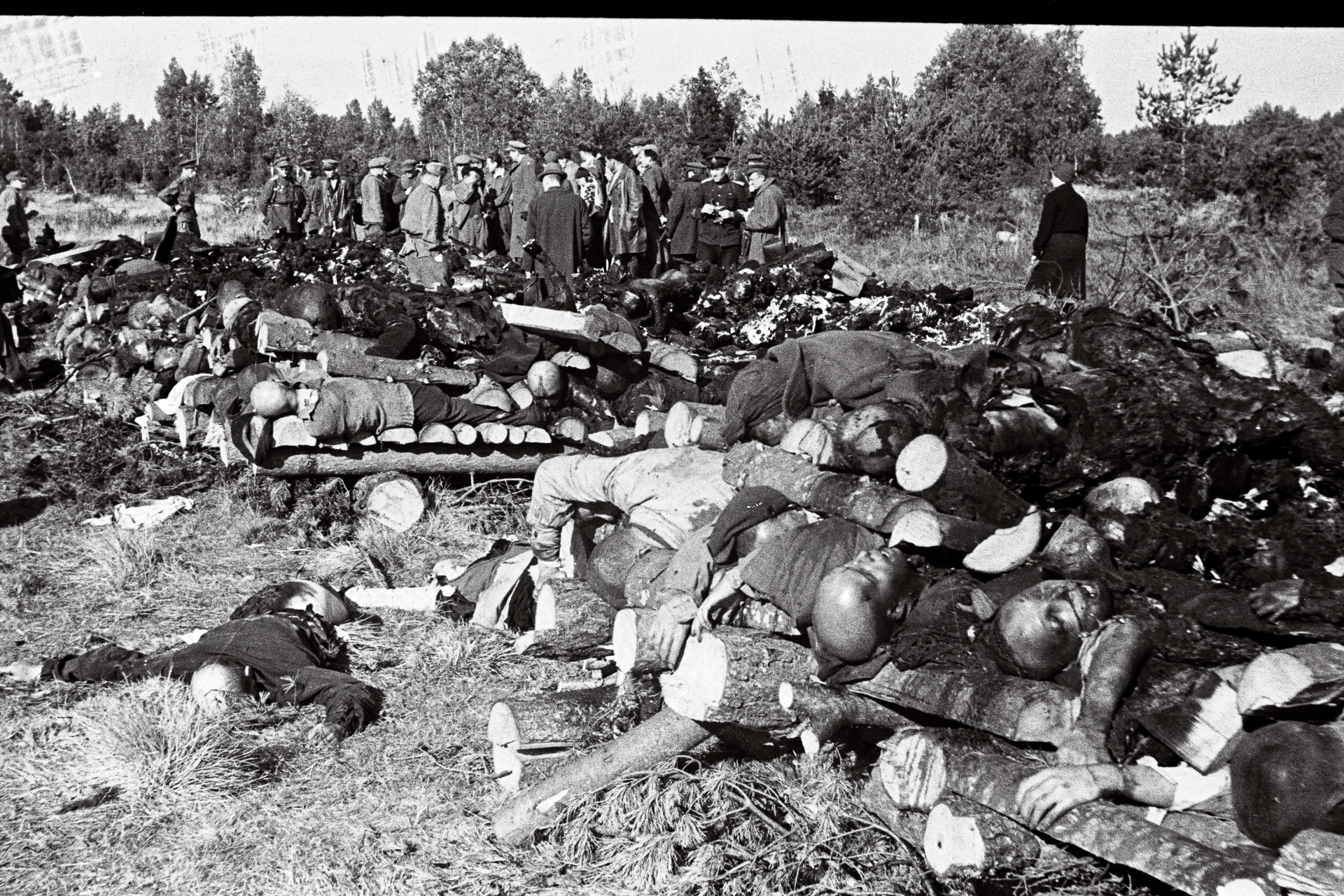
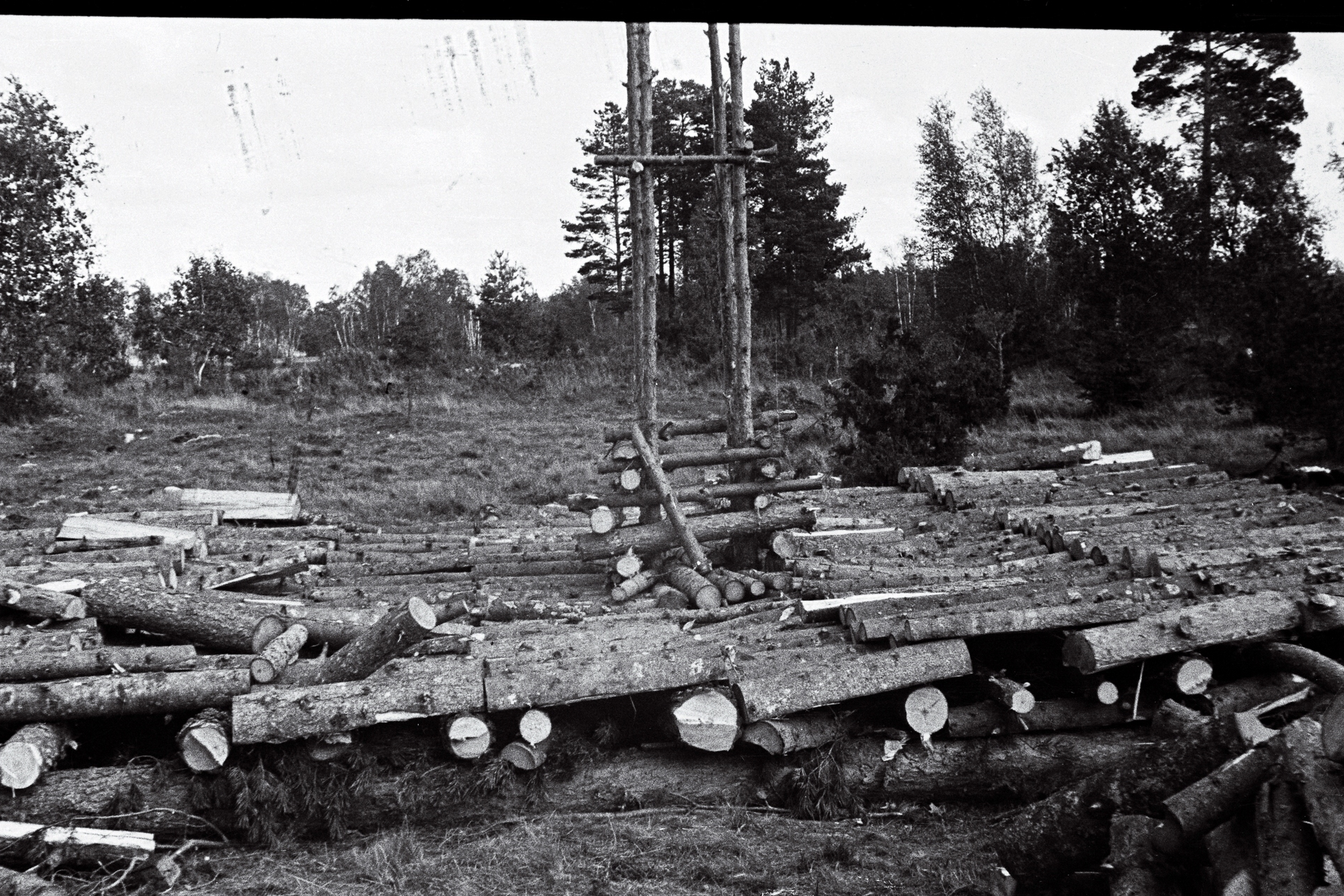
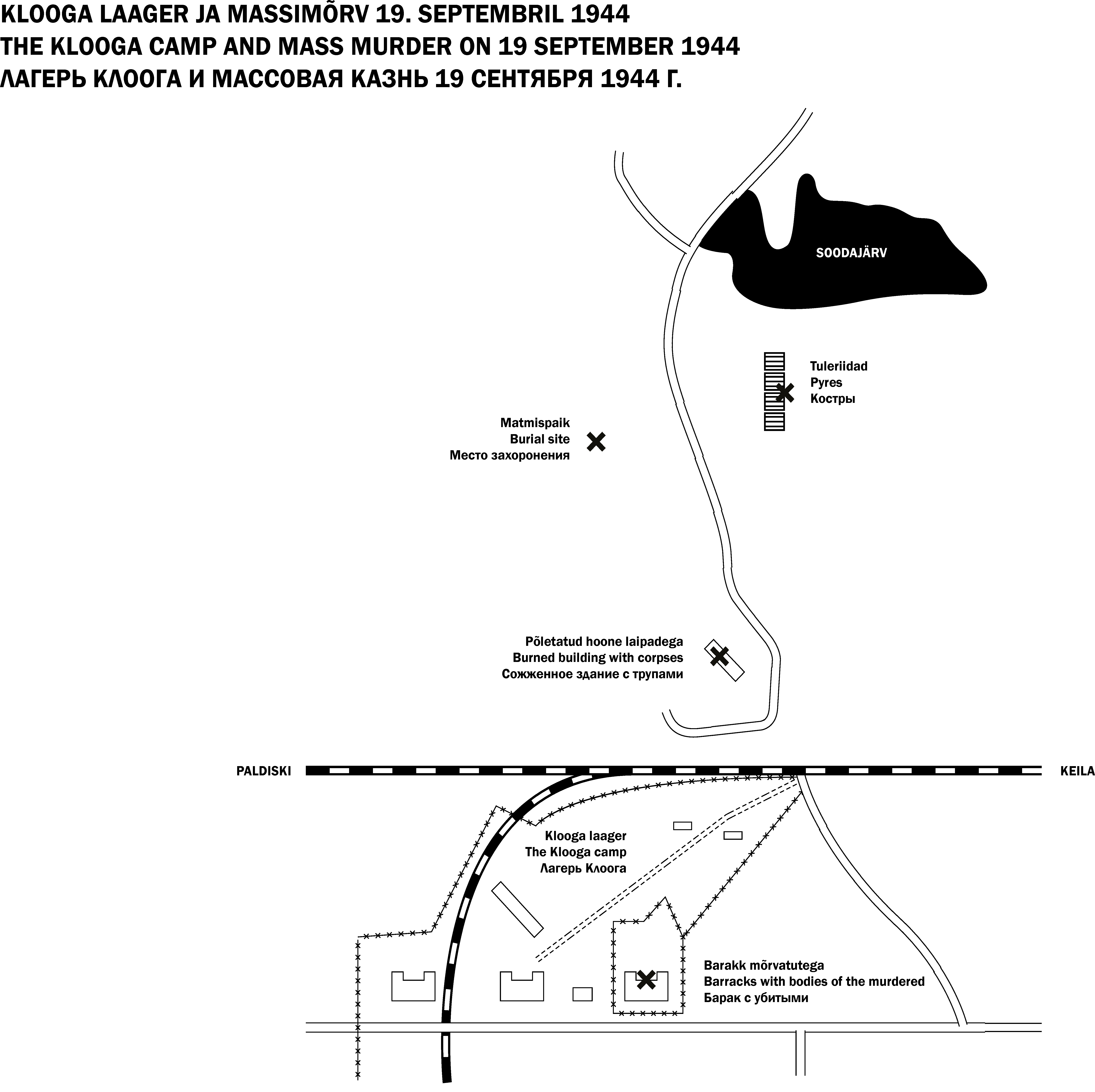
Source: The exhibition Klooga camp and the Holocaust, 2013
